Abstract
This study examined the impact of formative assessment practices on grade 10 learners’ attitudes toward physical sciences, using self-determination theory (SDT) as a guiding theoretical framework. A quasi-experimental design with a mixed-methods approach was employed to provide a comprehensive understanding of the intervention’s effects. The sample consisted of 175 learners from five secondary schools in KwaZulu-Natal, divided into an experimental group (n = 118) and a control group (n = 57). The experimental group was exposed to a structured formative assessment intervention aimed at promoting autonomy, competence, and relatedness, core tenets of SDT, while the control group continued with conventional instructional methods. Data were collected through pre- and post-intervention attitude questionnaires to assess shifts in learners’ perceptions of physical sciences. Quantitative data were analyzed using descriptive and inferential statistics. The results revealed a significant improvement in attitudes among learners in the experimental group, while the control group showed minimal change. These findings suggest that formative assessment practices, when aligned with SDT, can enhance learner motivation, engagement, and overall attitude toward learning physical sciences.
License
This is an open access article distributed under the Creative Commons Attribution License which permits unrestricted use, distribution, and reproduction in any medium, provided the original work is properly cited.
Article Type: Research Article
EURASIA J Math Sci Tech Ed, Volume 21, Issue 12, December 2025, Article No: em2740
https://doi.org/10.29333/ejmste/17433
Publication date: 01 Dec 2025
Online publication date: 19 Nov 2025
Article Views: 661
Article Downloads: 358
Open Access References How to cite this article
 Full Text (PDF)
Full Text (PDF)